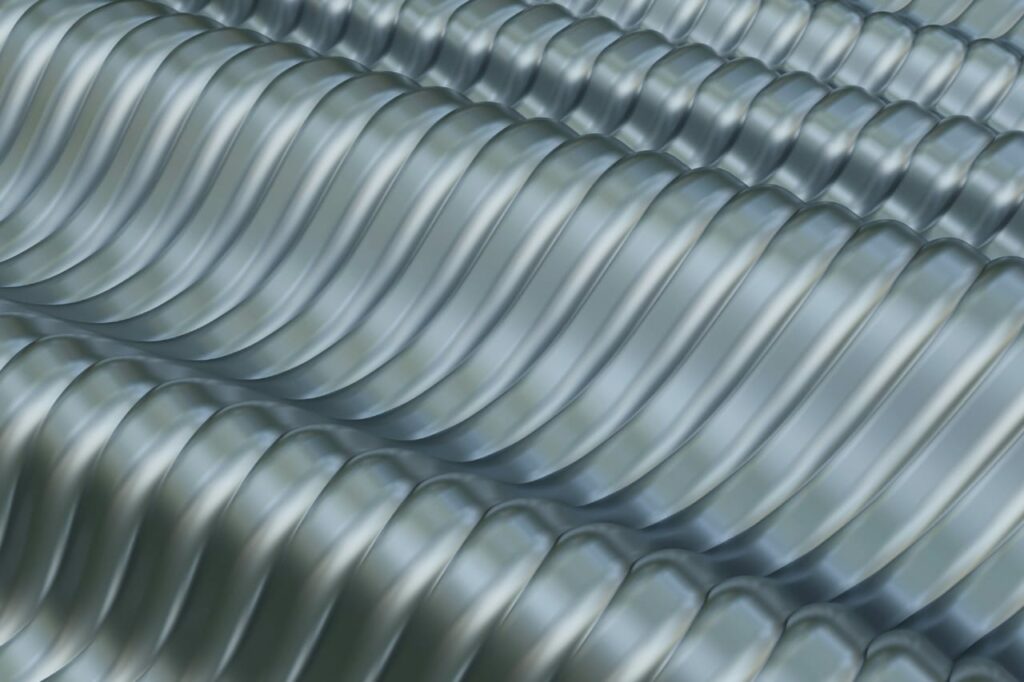When it comes to construction, the choice of materials plays a pivotal role in the success and longevity of a project. Among the most debated choices is the selection between mild steel and carbon steel. Both have their unique properties, benefits, and applications in the construction industry. Learn more about a comprehensive comparison of the two.
This article aims to delve into the differences between mild steel and carbon steel to determine which is better for construction purposes.
Understanding Mild Steel and Carbon Steel
Before we compare these two materials, it’s essential to understand what they are:
Mild Steel: Also known as low carbon steel, mild steel contains a lower percentage of carbon, typically between 0.05% to 0.25%. Its low carbon content makes it more ductile, malleable, and easier to weld.
Carbon Steel: This term generally refers to steels with a higher carbon content, ranging from 0.30% to 2.0%. The increased carbon content makes the steel harder and stronger through heat treatment but less ductile.
Properties and Applications
Mild Steel
· Properties: High ductility, malleability, and weldability. It is also more corrosion-prone than higher carbon steels.
· Applications in Construction: Used in structural components such as beams, bars, and frames, where flexibility and ease of fabrication are required.
Carbon Steel
· Properties: Higher strength and hardness, less ductility, and more difficult to weld compared to mild steel.
· Applications in Construction: Ideal for high-strength applications such as bridges, high-rise buildings, and structural supports that require durability and resistance to wear.
Which is Better for Construction?
The answer depends on the specific requirements of the construction project:
For Structural Integrity: Carbon steel is preferred for its strength and durability, especially in projects requiring support beams, steel girders, and columns.
For Flexibility and Weldability: Mild steel is the go-to option for projects that require extensive welding or bending of the steel, such as in residential and light commercial buildings.
Cost Considerations: Mild steel is generally more affordable than high carbon steel, making it a cost-effective option for budget-sensitive projects.
Environmental Factors: Mild steel, with its lower carbon content, is more susceptible to corrosion. Therefore, carbon steel might be a better choice in environments exposed to moisture or chemicals.
Making the Right Choice
Choosing between mild steel and carbon steel for a construction project involves considering various factors:
Project Requirements: Assess the structural demands of your project. High-strength needs favor carbon steel, while projects requiring flexibility lean towards mild steel.
Budget Constraints: Mild steel can be more cost-effective, both in terms of initial material costs and fabrication expenses.
Longevity and Maintenance: Consider the lifespan and maintenance requirements of the project. Carbon steel’s higher durability might reduce long-term maintenance costs.
Environmental Impact: For projects in harsh environments, carbon steel’s resistance to wear and corrosion makes it a more suitable choice.
Advantages of Having a Steel Construction(Opens in a new browser tab)
Conclusion
In the comparison of mild steel vs carbon steel for construction, there is no one-size-fits-all answer. The choice depends on the specific needs of the construction project, including structural requirements, budget, and environmental conditions.
Understanding the properties and applications of each type of steel is crucial in making an informed decision that ensures the durability, safety, and cost-effectiveness of construction projects.
By carefully considering these factors, architects, engineers, and contractors can select the most appropriate steel type to meet their project’s demands. UNIASEN is China’s top carbon steel pipe manufacturer and they can provide you with all-round guidance.
